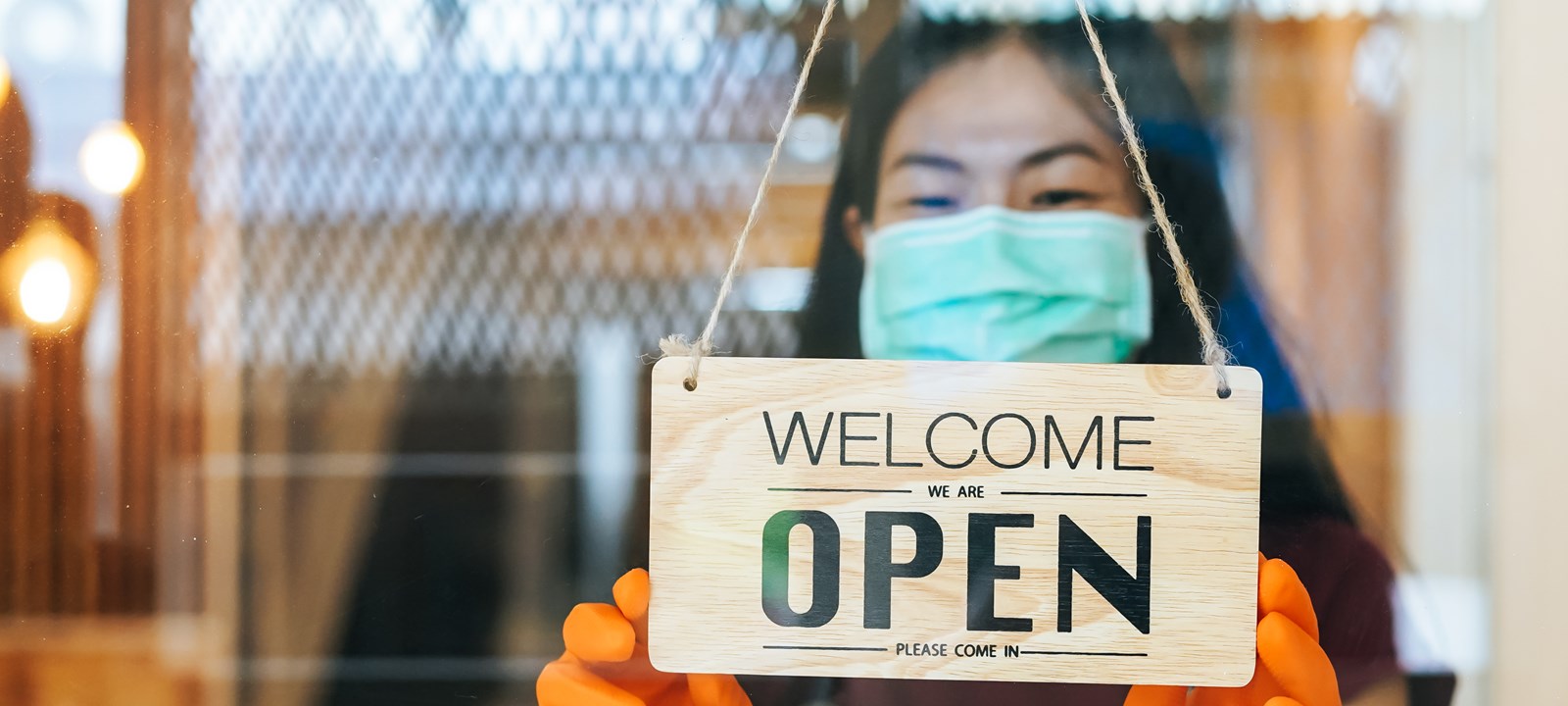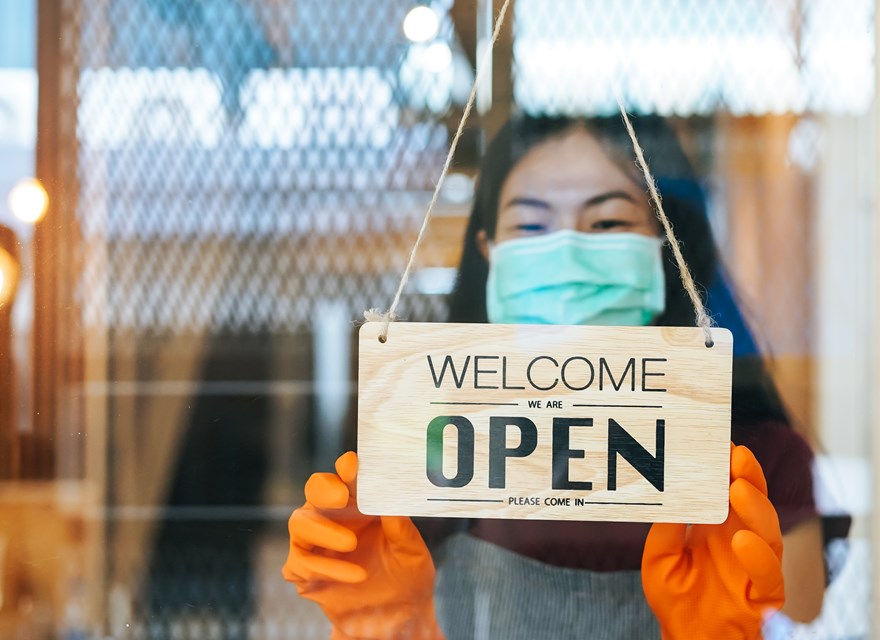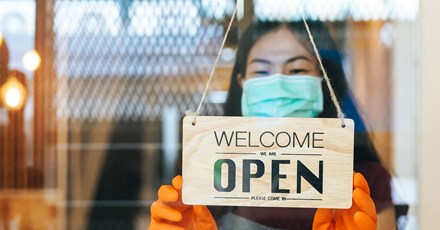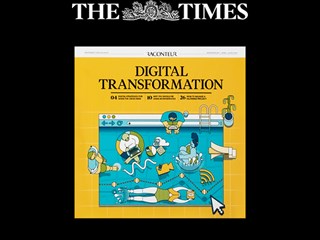2021-01-12
While the end of the various lockdowns might be followed by a period of worldwide euphoria, consumption and foot traffic in stores – especially food stores – will never be the same again.
While a certain number of purchases will still be made in-store, the current situation has caused a shift in household consumption towards digital, and therefore e-commerce. Consumers understand that they can get what they want or need without necessarily having to resort to buying in-store - a time-consuming activity that can end up only moderately satisfactory (e.g., out of stock). A disruption in catchment areas cannot be avoided. The convenience store model will certainly keep its foothold in the buying process, but those stores further away from the consumer’s homes may, on the other hand, suffer from this new situation in terms of both visitor traffic and transactions.

New customers integration in a multi-channel journey will be key
Retailers will need to adapt to this new situation without delay, and one of the new challenges they will face is new customers support. They will need to think about a support system able to integrate these new customers into an omni-channel approach with the brand and/or the retailer. In areas where purchases are infrequent (less than 10 times a year) in particular, the digital “on-boarding” of the customer during his visit in-store will prove to be essential. Destination stores - which are more threatened by digital than local stores - will have to offer digital services and content relevant to the purpose of the customer’s visit within the point of sale itself. Different approaches can be considered to successfully achieve this on-boarding. An outdoor trampoline manufacturer might for example offer a link to an assembly video and usage tips 24 hours after expedition - or make it available in-store, thus making it into a selling point. In yet another example, the cosmetics brand MAC has opened a pilot store in Queens, New York called The Innovation Lab, with the possibility for customers to retrieve the personalized session they had started in store with a simple QR code.
Enhanced in-store experience - restoring the essential place of the physical store
Retailers will have to actually prioritize the offering of “mobile-ready” experiences to attract new consumers and ensure a strong impact during rarefied visits. Let’s take the example of shelf space and product labelling, including store brands. These have not been modernized for years if not decades, yet they can be used to disseminate additional information about products and services - such as tutorial videos or buyers’ reviews. Creativity and possibilities in this area are near limitless.
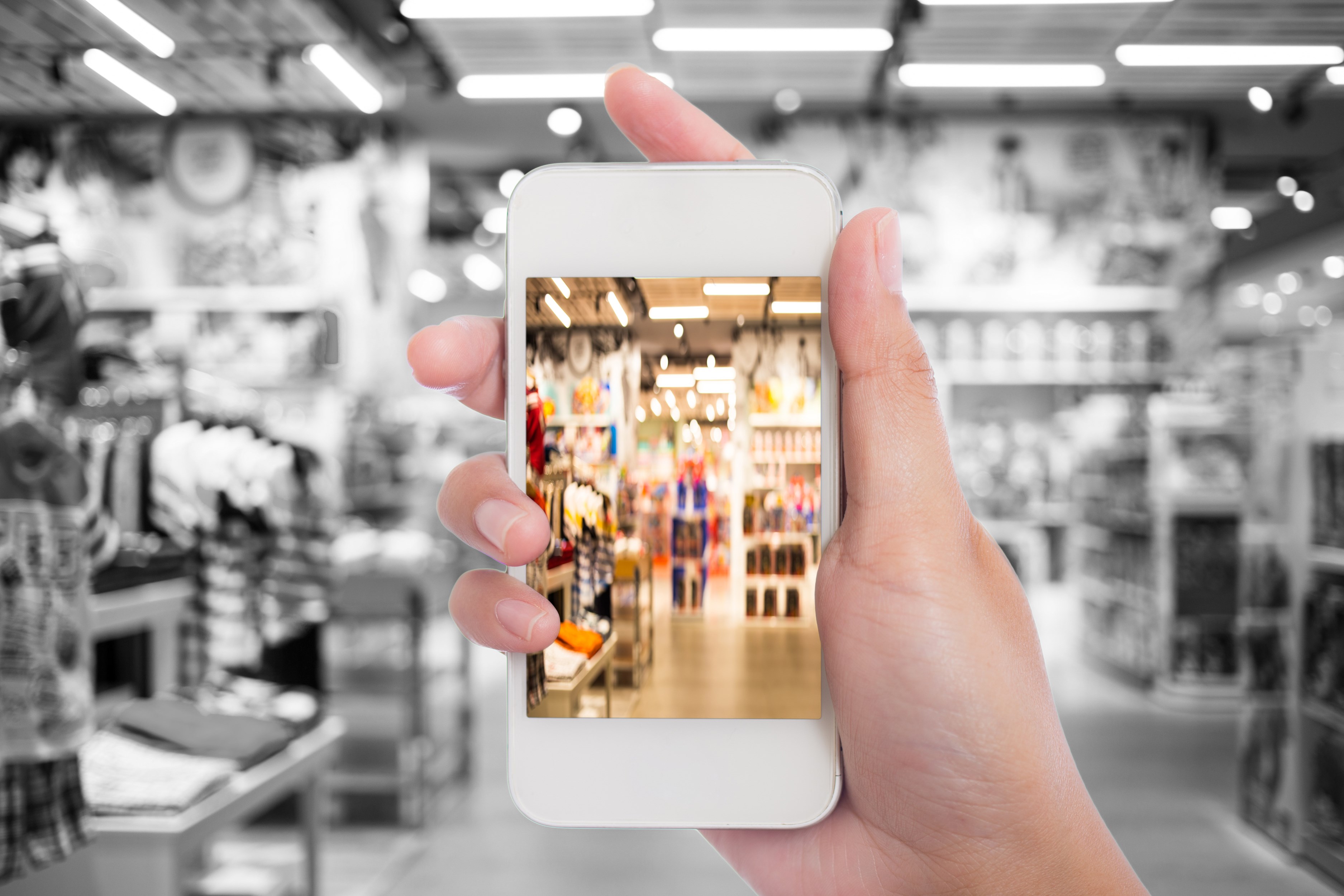
The aging of the in-store experience will only become clearer to consumers, and this must not be allowed to become an obstacle. In fact, this whole series of successive lockdowns is likely to penalize quite heavily those businesses and brands that have not been able to transform the point of sale and the experience offered there. Gone are the days of the all-powerful store in the omni-channel system – we have to accept that the tables have turned. This channel will be progressively downgraded in the minds of consumers, and its status as a main sales channel is at risk if it is sheltered by a perception of proximity.
In general, the integration of additional services is even more critical to encourage consumers to make the trip to the physical point of sale. Shelving and labelling can be technologically modernized to provide a truly enhanced experience. Image recognition, for example, has made tremendous technical progress and can now be used in physical points of sale to facilitate and enhance the in-store product or signage experience. On a positive note, the use of digital screens - with their expensive daily cost and limited lifespan – is no longer necessary. Augmented visits must now rely on the cellphone of the visitor/consumer, with a penetration rate now close to 100%.
The organizational challenge for many retailers will lie in the implementation of new processes in marketing, communication, purchases, category management, IT, and in-store sales and operations. This kind of innovation and new know-how requires training teams in low-cost, qualitative daily programming and production of relevant micro-content – including video. This will certainly be the main challenge to overcome in order to transform current customer experiences and ensure the physical destination point of sale remain an essential step in the consumers’ buying journey.
